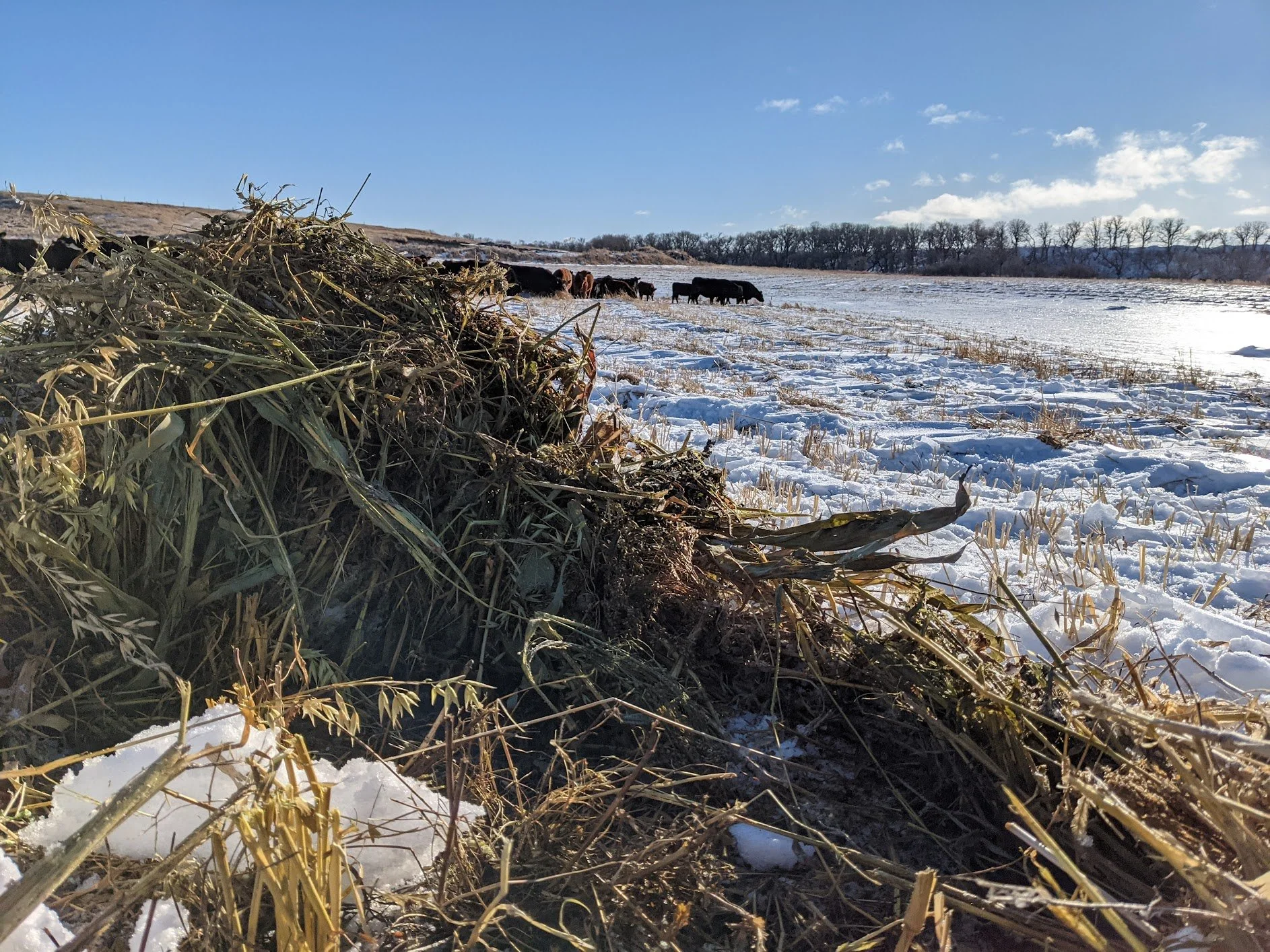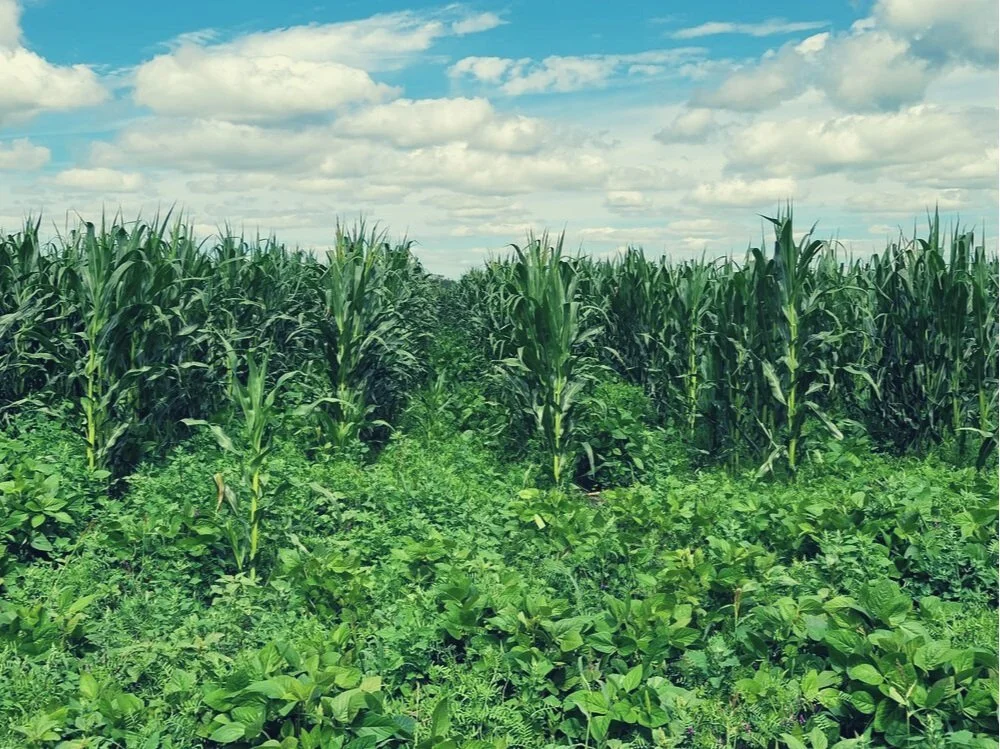I wanted to write a short blog today on your options after taking a winter cereal crop (cereal rye, winter wheat, winter triticale) for silage or grazing. The idea is to harvest two forage crops in the same year. An excellent option to maximize total production per acre while minimizing cost.
Read MoreThis week-long event brought together experienced farmers from across the prairies to share their knowledge and experiences growing our Warm Season Cover blend. The goal of the week? To bring awareness to the value warm season plant species can have on the farm.
Read MoreHello, friends.In lieu of "Warm Season Week," I wanted to share my experiences using the Warm Season Cover blend for swath grazing over the past couple of years.
Read MoreFirst off, thanks to everyone who took the time to read my short blog on putting the Full Season Cover up as dry feed! Although more and more producers are putting up the Full Season Cover as dry feed, I would guess that at least 50% of the acres are still put as silage.
Read MoreWe wanted to touch on some expectations as your Full Season Cover establishes itself. Once the crop is germinated, the lower plant population can cause the plant stand to look thin. This is a very important time in the life of the Full Season Cover. The battle for sunlight is afoot.
Read MoreOne of my favourite parts of my job as sales manager for Covers & Co. is that I get to talk to hundreds of people about their farms. One question I frequently get about the Full Season Cover crop is “Can I put it up dry?” I wanted to take a bit of time and answer that question as well as pass on some tips I’ve picked up on my own farm over the last couple of years.
Read MoreNew for 2023! We are excited to launch a new intercrop seed variety that we’ve been working on for some time – our new forage soybean. Intercropping corn with our herbicide-tolerant forage soybeans will produce better feed for your cattle in the short-term, improve soil health in the long-term, and ease herbicide management challenges.
Read MoreToday we wanted to come to you from the perspective of the cattle farmer as we are facing record high nitrogen fertilizer prices. What does this mean to the cattle farmer? What can we do?
Read MoreToday we wanted to touch on the positive effects a green manure disc down can have on soil compaction and increased yields the following year. This is a two-year study that will continue to be researched and measured (yield) going forward into 2022 and 2023.
Read MoreWith the food industry taking note of the regenerative agriculture movement, we thought it would be a good idea to highlight the initiative that a cattle producer & a grain producer have taken to align with the vision of these companies.
Read MoreWith the upcoming forecast calling for frost, we wanted to touch on a few concerns farms have been having.
Read MoreToday we wanted to touch on some Full Season Cover best practices as we head into plant 2021.
Read MoreToday, we wanted to touch on a few different pea intercrops shared by farms implementing these practices.
Read MoreToday we wanted to touch on some easy to implement practices to get you started on your soil health path.
Read MoreToday, we wanted to touch on some of the interesting observations we made from the 2020 full season cover growing season.
Read MoreToday we wanted to touch on how some planning in the spring can lower your feed costs for winter.
Read MoreToday we wanted to touch on the positive effects plant diversity (via a Full Season Cover Crop) can have on soil compaction & water infiltration.
Read MoreWe wanted to send out a reminder that the Manitoba Forage & Grassland Association Regen Conference is going on each Thursday evening of November.
Read MoreToday, we wanted to touch on some of our harvest results from our Nutrient Density Trial (No Synthetic Fertilizer) the year after the Full Season Cover was grown.
Read MoreToday, we wanted to highlight and share our experience with the intercrop of Corn & Vetch. (we feel this is the intercrop with the easiest adoption and highest chance of success).
Read More




















